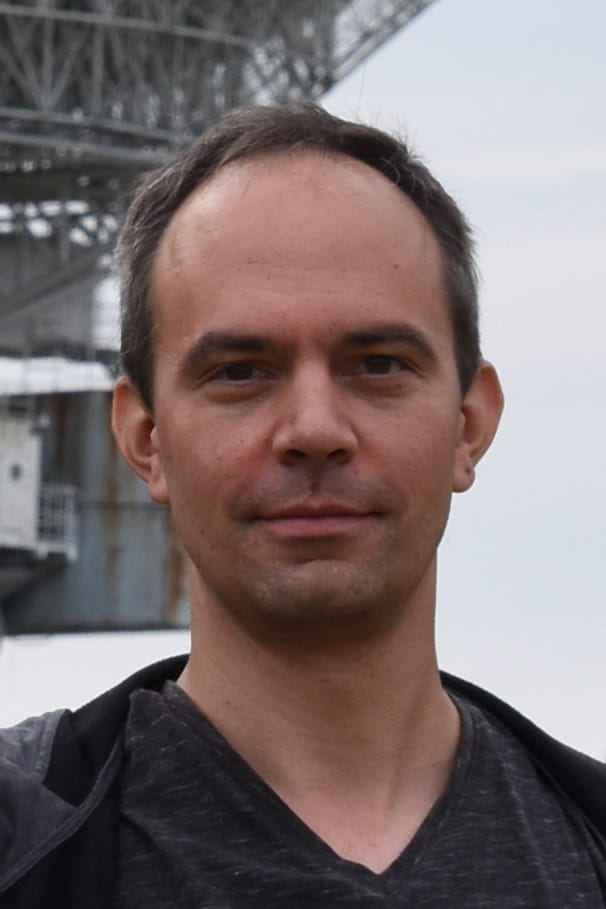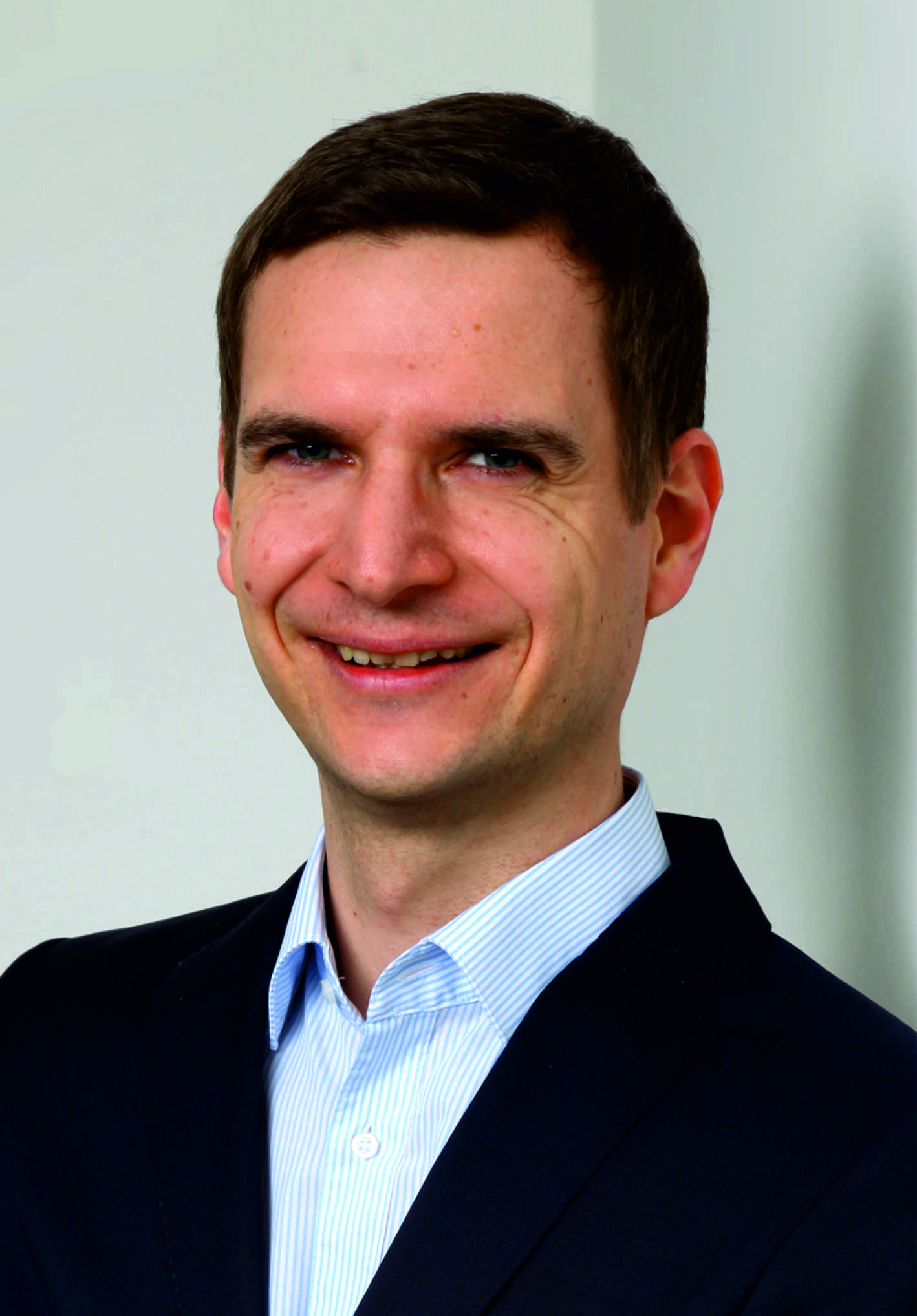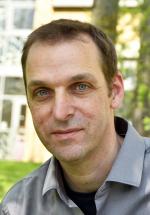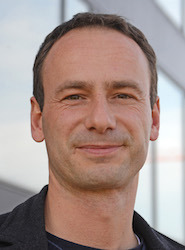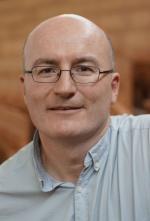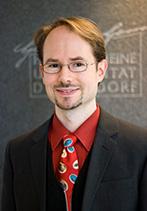T1: Vacuum Birefringence
One of the most fascinating predictions of quantum electrodynamics (QED) is vacuum birefringence in the presence of macroscopic electromagnetic fields. If an originally linearly polarized probe photon beam is sent through a strong-field region, some of the photons constituting the beam can be scattered into a perpendicularly polarized mode, whereas the majority of the probe photons traverse the strong field unaltered. This effectively supplements the probe beam with a tiny ellipticity, thereby attributing a birefringence phenomenon to the quantum vacuum in electromagnetic fields. The recent advances in high-intensity laser technology, x-ray polarimetry and in theory have substantiated the possibility to measure the seminal QED prediction of vacuum birefringence for the first time in a discovery experiment with x-ray free electron and optical high-intensity lasers.
In this research project, we aim at a thorough theoretical study of vacuum birefringence in manifestly inhomogeneous electromagnetic fields, ranging from immediate phenomenological applications, like identifying the optimal setup for its measurement accounting for all the real-world imperfections in experiment, to fundamental theoretical challenges, such as pushing forward non-perturbative first-principles calculations. To this end, the project partners will pursue both analytic calculations and dedicated numerical simulations.
